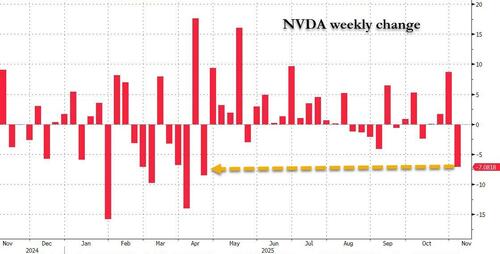For most of the 20th century, labour unions played a prominent role in India’s public life. Some of the makers of modern India — including Bhimrao Ramji Ambedkar and Subhash Chandra Bose — played a key role in organising industrial workers during the British Raj. That legacy ensured that trade union leaders played an active part in Indian politics in the first few decades after India’s Independence.

Over the past four decades, unions and union leaders have lost their clout. The turning point was the 1982 textile mill strike in Mumbai (then Bombay), according to some scholars. The strike was led by the militant trade unionist Datta Samant, whose growing support base in India’s industrial and commercial capital had become a headache for the then Prime Minister Indira Gandhi. Both the state and the central government headed by the Congress decided not to intervene when the mill workers led by Samant put down their tools. This was the first time that the Indian State stayed away from a major industrial dispute, and the strike failed. Cutting Samant down to size helped Gandhi kill two birds with one stone: It sent a signal of friendliness towards Indian industry while downsizing a political rival. Other changes followed. While labour laws remained restrictive on paper, their implementation was relaxed, in a gradual process of de facto liberalisation. Such changes allowed Gandhi to maintain her pro-poor rhetoric in public even as she defanged labour unions and empowered businessmen in practice, the Princeton University political scientist Atul Kohli wrote in his 2012 book Poverty Amid Plenty in the New India.
The deindustrialisation of Mumbai after the failed strike of 1982 led to massive job cuts. Over the next couple of decades, stable factory jobs gave way to precarious contractual work, as mills gave way to malls. Rising economic stress gave wings to a new nativist party, the Shiv Sena. The Sena’s demand that employers should hire more locals appealed to a Marathi working class that was struggling to retain its toehold in the city. Its slogan about reclaiming Mumbai for “Mumbaikars” struck a chord with local youth who found themselves competing for jobs with new migrants. The Sena effectively fused economic and cultural anxieties to paint a potent narrative of Marathi victimhood.
The “Mumbai model” of Right-wing populism has been repeated in many parts of the world since then. The anger against growing inequalities and lack of jobs has often been channelled against the outsider, or the immigrant. Right-wing populists have been able to draw support from economically vulnerable voters to target minority groups, which are projected as the hurdles to national unity and progress. Their wrath is rarely directed against plutocrats, and often against the “liberal elites” who are seen advocating minority rights.
Right-wing populists are ascendant globally because they address both the cultural and economic anxieties of voters, the renowned development economist Pranab Bardhan writes in his new book, A World of Insecurity: Democratic Disenchantment in Rich and Poor Countries. It is the fear of losing what they have that unites Right-wing voters. In some regions, it could be welfare entitlements or job opportunities. In others, it could be social status or community pride. What Right-wing politicians offer them is a promise of protecting or restoring their pride, writes Bardhan, an emeritus professor of economics at the University of California, Berkeley.
To be able to mount an effective challenge to Right-wing politicians, Bardhan espouses a new model of social democracy, which can save capitalism from capitalists and democracy from majoritarianism at the same time. The new generation of social democratic parties will need to address both the economic and cultural anxieties, Bardhan argues. “Balancing the interests of the aggrieved sections of the majority and chronically oppressed minorities is difficult, but doable, if approached with some finesse and openness to compromise,” he writes.
In an age when automation has raised new economic insecurities, Bardhan argues that trade unions — and political outfits backed by them — can gain salience once again. Labour organisations should have a key role in shaping the future of automation so that firms deploy worker-empowering rather than worker-displacing innovations, he writes. These outfits should help reshape corporate governance norms to give workers’ more voice in shaping a firm’s decisions. They must also have a voice in shaping trade negotiations and domestic anti-monopoly norms, Bardhan argues.
Over the past few decades, the decline of labour unions has weakened workers’ bargaining power, contributing to economic inequality. It has also hollowed out the worker’s “sense of belonging to a shared institution that provided some meaning and identity in her life,” Bardhan writes. Young people are now discovering community and shared purpose in Right-wing groups. Labour unions and social democratic forces need to step into this cultural void, Bardhan argues.
This means they would need to engage more closely with local cultural mores and community traditions. They need to use new digital tools to bridge the gap between diverse social groups and between factory and gig workers, he suggests. In other words, social democratic groups would need to match the Right-wing’s ability to fuse economic and cultural issues to mount an effective challenge to Right-wing populism. Flying only on one wing is unlikely to take them very far.
Pramit Bhattacharya is a Chennai-based journalist
The views expressed are personal















